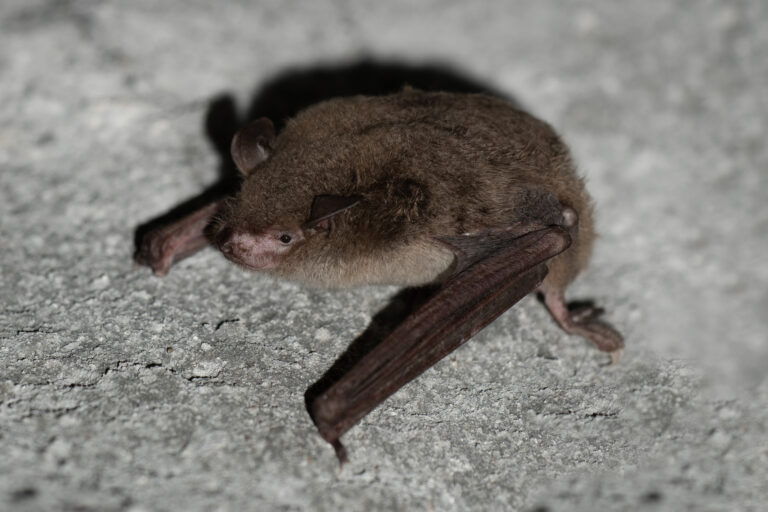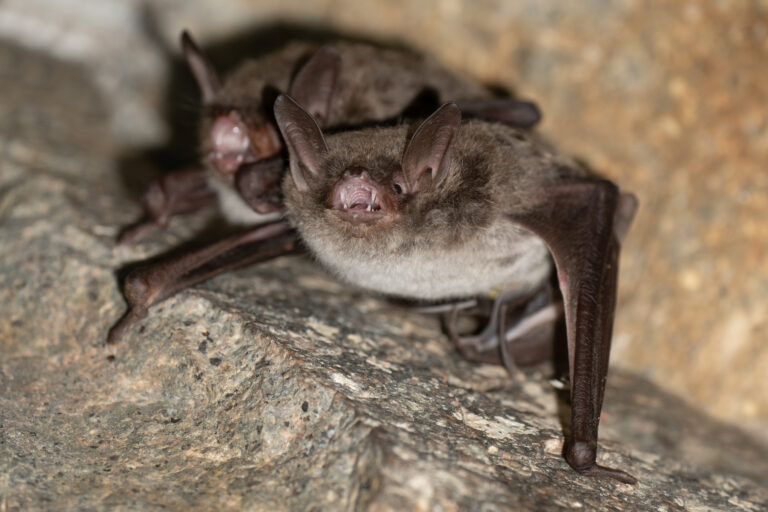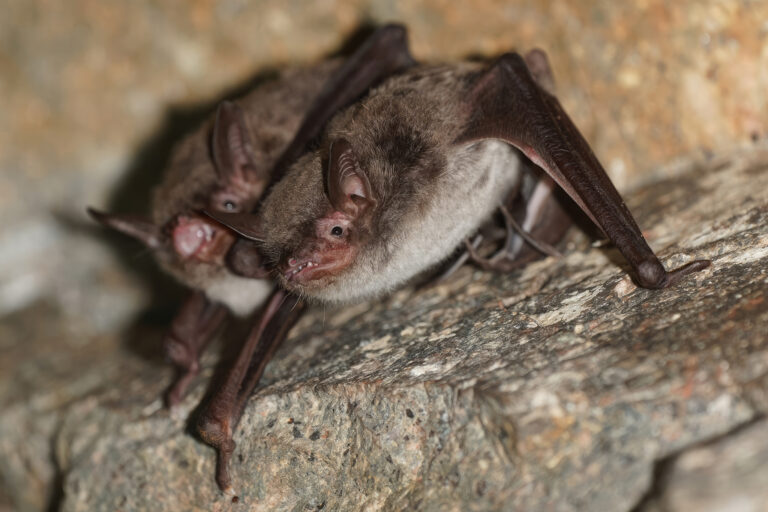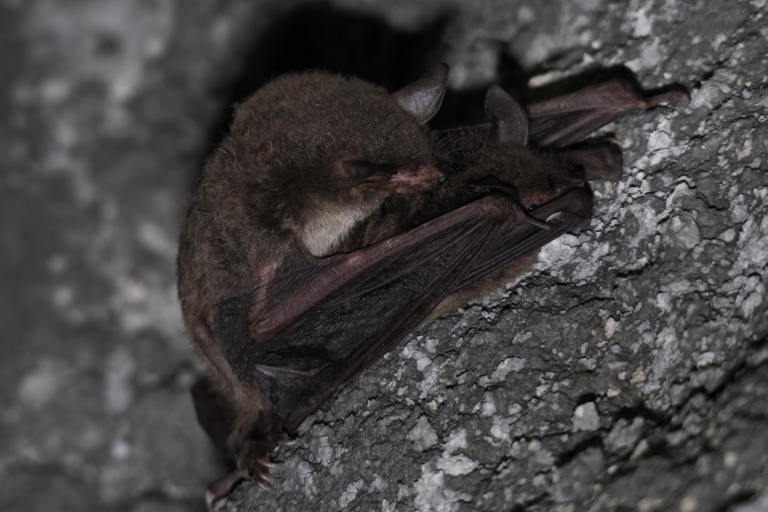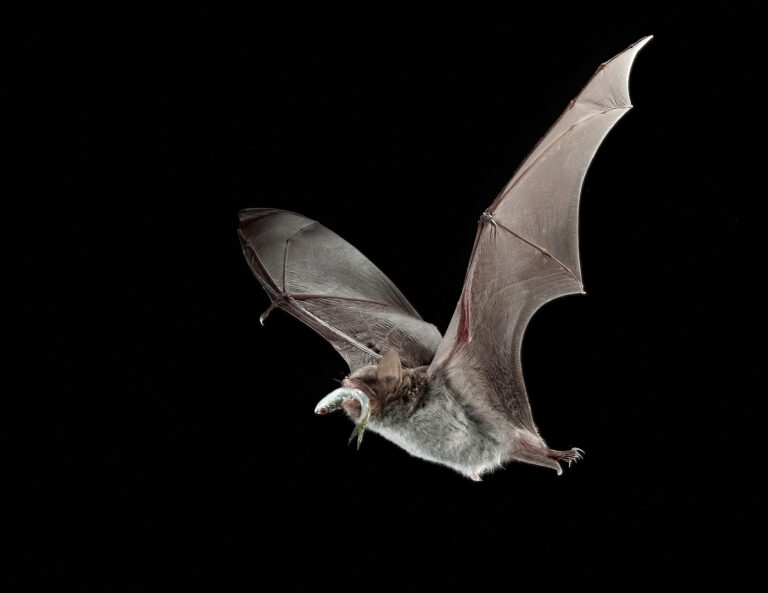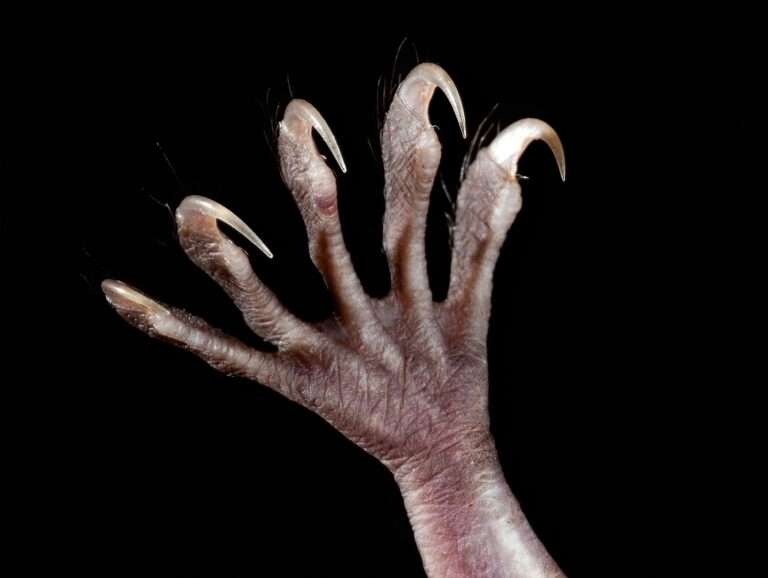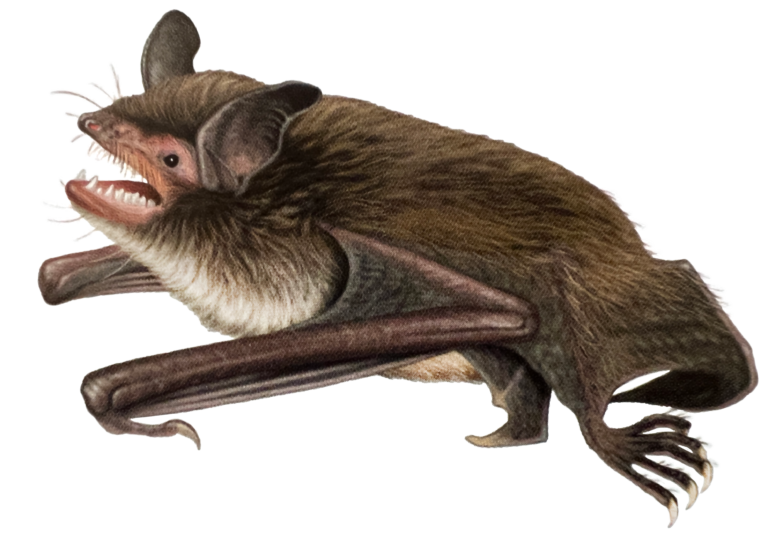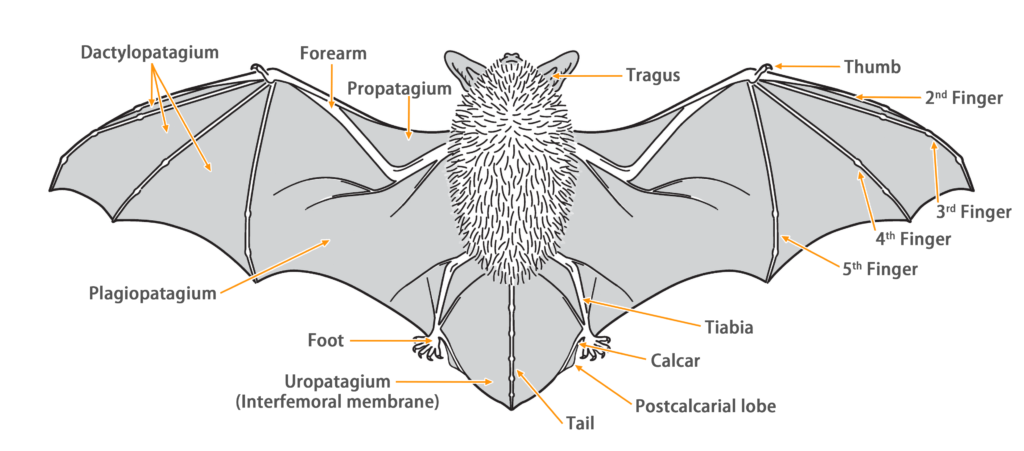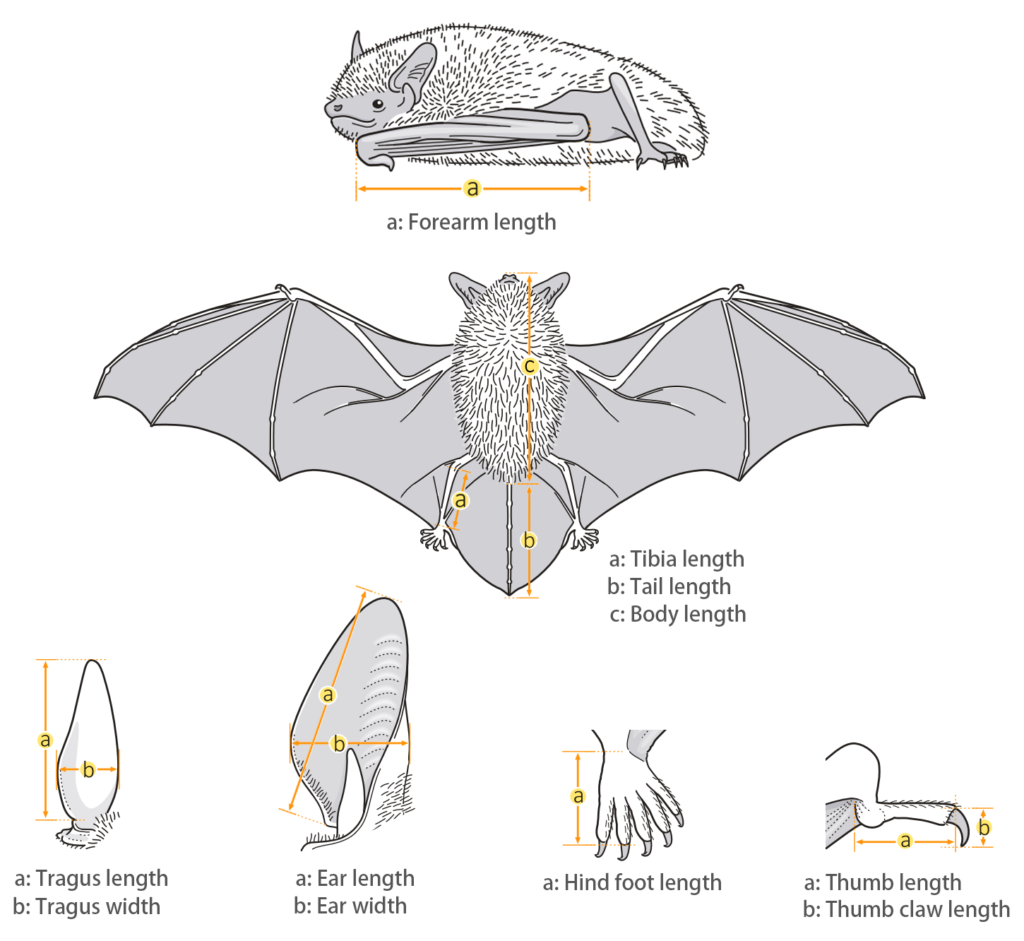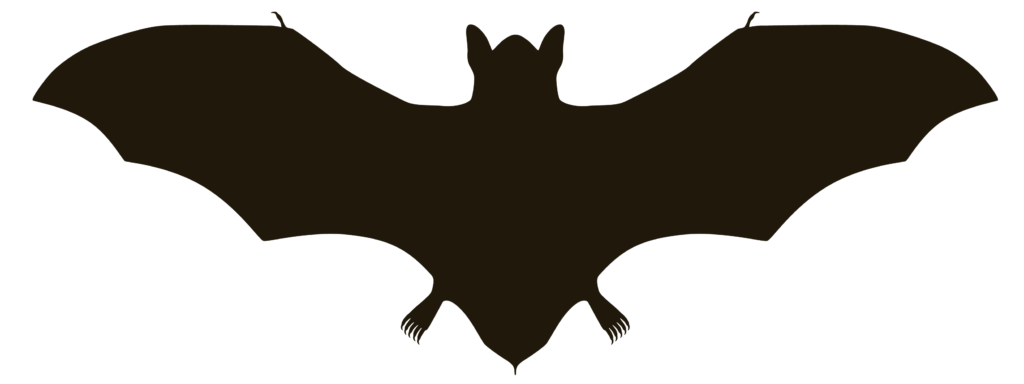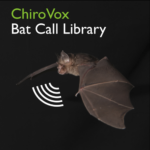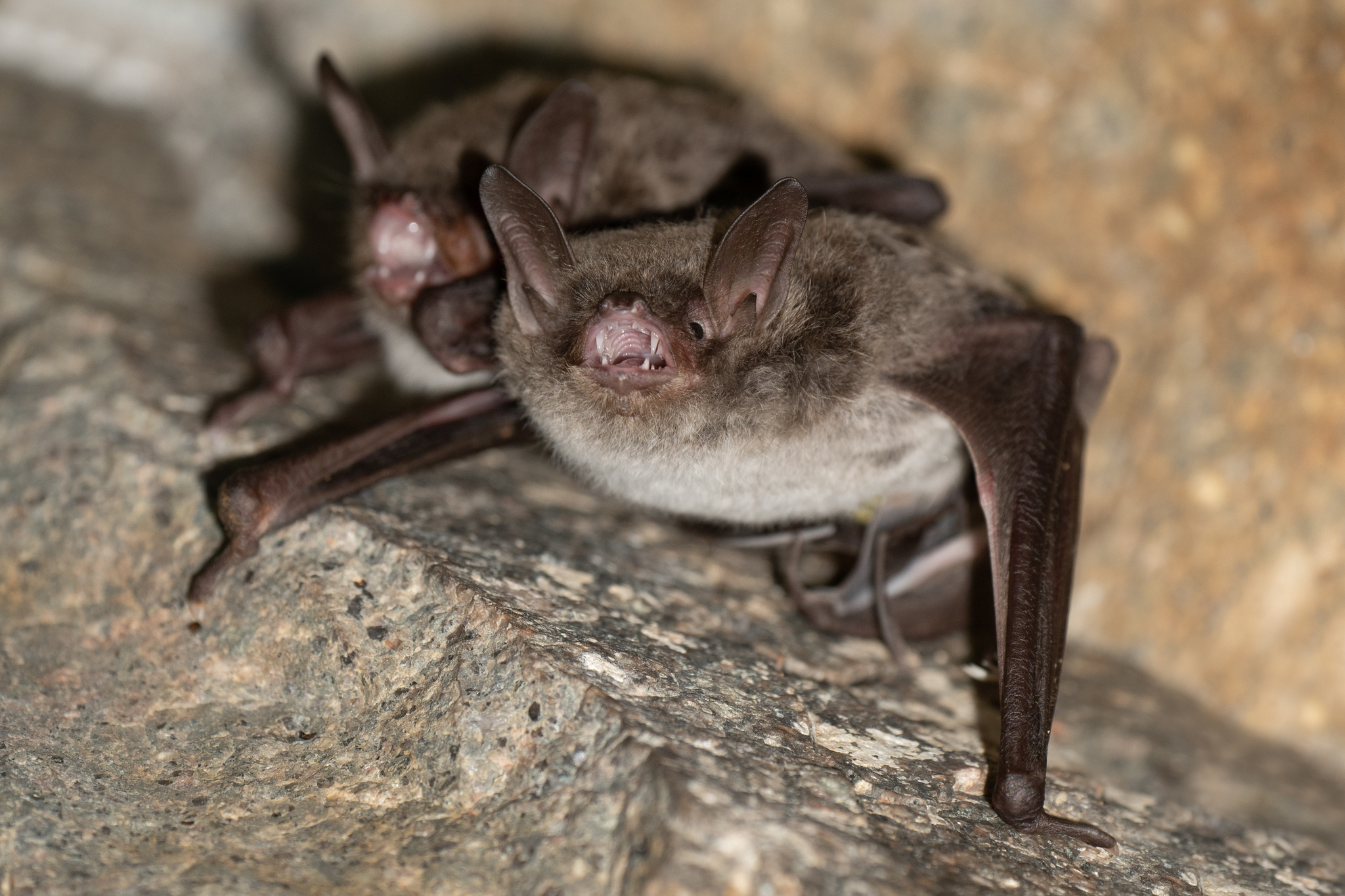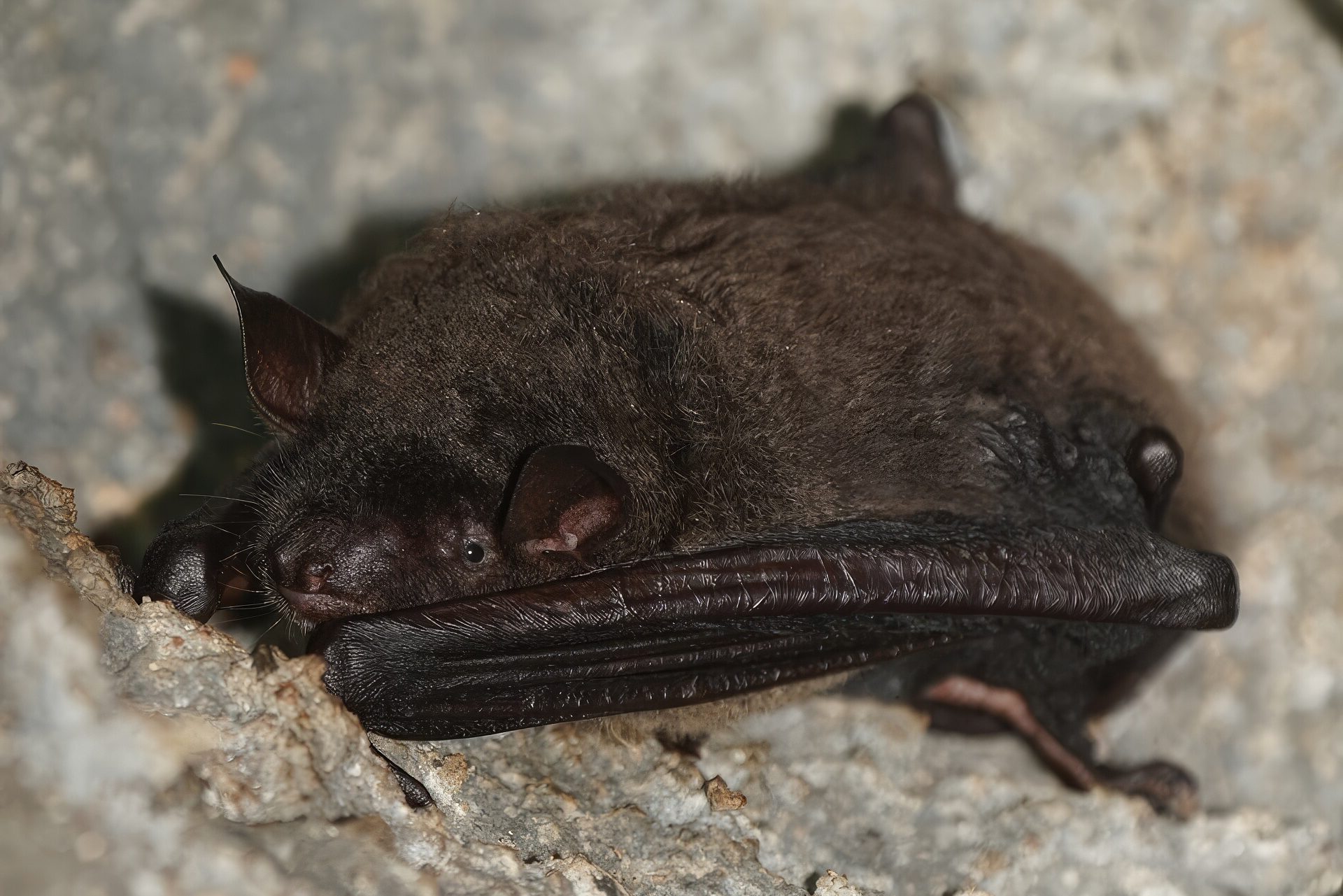- Hong Kong Bat Radar
- Rickett’s Big-footed Myotis (Myotis pilosus)
Rickett's Big-footed Myotis
Myotis pilosus (Peters, 1869)
Taxonomy
| Family: | Vespertilionidae |
| Genus: | Myotis |
| Scientific name: | Myotis pilosus (Peters, 1869) |
| Synonyms: | Myotis ricketti (Thomas, 1894) |
| Common name: | Rickett's Big-footed Myotis |
| Other name: | - |
| Remark: | M. pilosus is commonly referred to as M. ricketti (Thomas, 1894); however, M. pilosus holds nomenclatural priority. |
| Characteristics | |
| Color: | The fur is soft and dense, closely adhering to the skin. The dorsal hair is light gray-brown, with a darker base color. The ventral hair is grayish-white to white (with a dark gray to black base and white tips). There is considerable variation in fur color among individuals, with some leaning towards gray and others towards brown. Juvenile bats generally have darker overall fur color, appearing gray-black. |
| Ear: | The ear pinnae are relatively large, with a smoothly curved and rounded anterior edge. Both the ear pinnae and targus are dark brownish-gray. The tragus is slender, pointed, slightly tilted forward, and approximately half the length of the ear pinna. |
| Head: | The muzzle typically bears whiskers, and the skin around the eyes and lips appears pink. Some male individuals may experience hair loss from the crown to the neck region. |
| Limbs: | The hind feet are exceptionally large (~80% of the length of the tibia). The claws are white with sharp and curved tips. The calcar is long (9-10mm) and unkeeled. |
| Wing: | The wing membranes connect to the ankles. |
| Tail: | The tail is long, with the tip protruding beyond the interfemoral membrane. The calcar is unkeeled and over halfway to tail from ankle. |
| Body measurements | |
| Size: | Large myotis |
| Body: | 51.0 - 65.0 mm |
| Tail: | 35.0 - 55.0 mm |
| Ears: | 11.0 - 22.3 mm |
| Hind foot: | 13.3 - 17.5 mm |
| Forearm: | 52.1 - 63.5 mm |
| Weight: | 11.7 - 32.5 mm |
| Wing morphology | |
| Wing span: | 0.333 m |
| Wing area: | 0.0186 m2 |
| Wing loading: |
9.8 ± 1.8 N/m2 (Low) |
| Aspect ratio: | 6.1 ± 0.5 (Low-Mid) |
| Tip-shape index: | 3.2 ± 7.3 (High) |
| Reference: | Wei et al., 2011 |
Ecology
| Habitat: | Cave-dwelling bats; typically inhabit waterways such as streams, lakes, and ponds, as well as abandoned mine tunnels in close proximity. These tunnels often contain flowing or stagnant water, and the bats usually seek refuge in dry crevices or drainage holes within the caves. |
| Habit: | During the winter season, individuals of this species typically exhibit solitary behavior or form small wintering colonies consisting of 2 to 10 individuals. In the summer season, they gather into larger reproductive colonies, with numbers exceeding a thousand individuals. |
| Reproduction: | The breeding period for this species occurs from May to June each year, typically producing a single offspring. M. pilosus forms large reproductive colonies with the M. chinensis, Miniopterus magnater and Miniopterus pusillus. Within these colonies, M. pilosus tends to occupy the peripheral areas. |
| Hibernation: | The local population exhibits migratory behavior, with breeding colonies gathering in large reproductive and nursery colonies in the summer before leaving the area prior to winter. However, some individuals remain in the area for overwintering. |
| Flight: | The flight speed of this species is moderate, but it possesses a high degree of flight maneuverability, demonstrating impressive flight efficiency and excellent aerial hovering capabilities, making it well-suited for medium to long-distance flights and migrations. It has a tendency to glide and forage over calm or slow-flowing bodies of water, while also displaying agility in navigating through dense forests. |
| Foraging: | This species exhibits crepuscular activity, with two peaks of activity occurring in the evening and before dawn, while resting in the roost during the intervening period. |
| Diet: | This species exhibits insectivorous and piscivorous feeding behavior, capturing insects in mid-air and utilizing its hind limbs to employ a trawling method for catching fish. Its diet primarily consists of fish (67.1%) and insects (28.0%), with the fish species mainly comprising of Zacco platypus, Carassius auratus, and Rhynchocypris lagowskii. The majority of the insects consumed belong to the order Coleoptera. Inferences from its lower frequency echolocation calls suggest a preference for capturing larger prey. |
Diet composition of M. pilosus in Beijing, China (Ma et al., 2006)
Distribution
| Local: | New Territory, Hong Kong Island and Lantau Island |
| Global: | South & East China (Beijing, Shaanxi, Shandong, Jiangsu, Anhui, Zhejiang, Jiangxi, Fujian, Hunan, Guizhou, Guangdong, Guangxi, Yunnan, Xizang, and Hainan Island), Central Laos (Khammouane Province), North Vietnam (from Lang Son, Nghe An, Quang Binh, and Bac Kan provinces), and recently reported from Meghalaya State in North-East India. Given this recent record far away from its main distribution, this species might occur in suitable habitats in Myanmar and Thailand. (Moratelli et al., 2019) |
Local distribution map
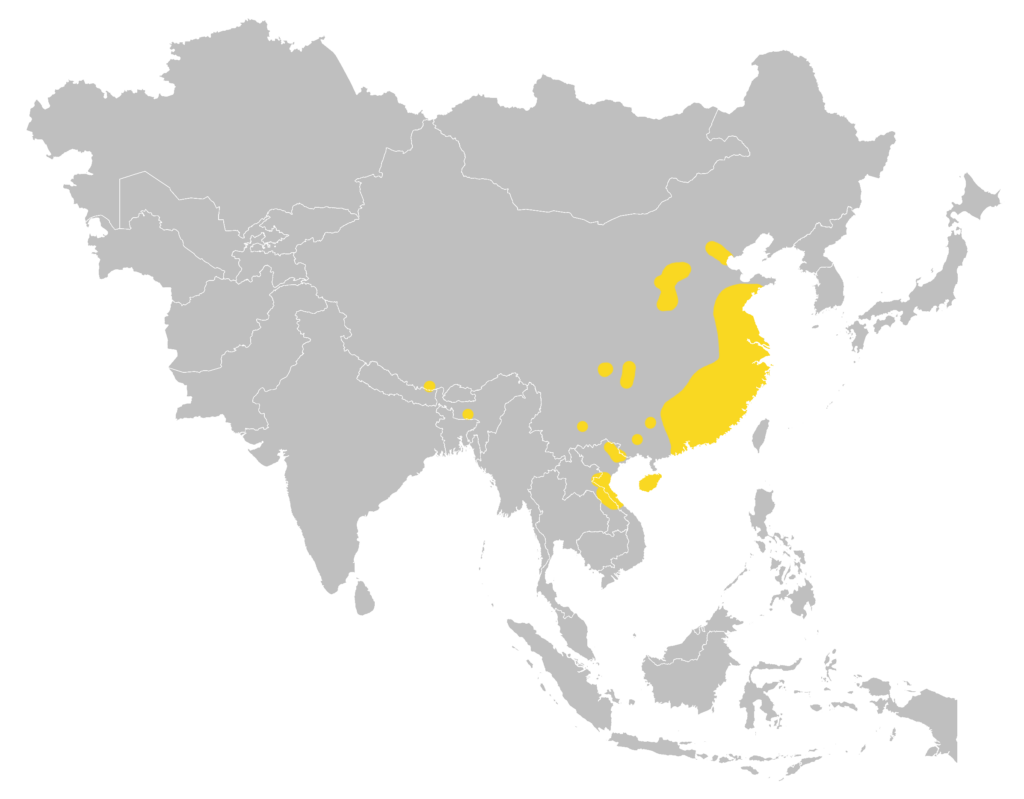
Global distribution map
(Moratelli et al., 2019)
Status and Conservation
| First record: | 1964 |
| Origin: | Native |
| Local status: | Uncommon (Shek & Chan, 2005) |
| National status: | Near Threatened (Red List of China Vertebrates) |
| Global status: | Vulnerable (IUCN Red List) |
| Potential threat: | TBC |
Echolocation

| Parameter | Value |
|---|---|
| Call structure | FM |
| Duration | 4.00 ± 1.20 ms |
| Inter pulse interval | 94.70 ± 18.70 ms |
| Peak frequency | 45.30 ± 3.70 kHz |
| Start frequency | 65.90 ± 5.30 kHz |
| End frequency | 28.80 ± 2.20 kHz |
|
Region: |
Vietnam |
| Method: | Hand release |
| Reference: | Furey et al., 2009 |
| Parameter | Value |
|---|---|
| Call structure | FM |
| Duration | 6.60 ± 3.30 ms |
| Inter pulse interval | 53.10 ± 25.40 ms |
| Peak frequency | 39.90 ± 3.20 kHz |
| Start frequency | 62.10 ± 9.70 kHz |
| End frequency | 29.40 ± 4.10 kHz |
|
Region: |
China (Guilin) |
| Method: | Flight tent |
| Reference: | Wei et al., 2011 |
| Parameter | Value |
|---|---|
| Call structure | FM |
| Duration | 2.20 ± 0.31 ms |
| Bandwidth | 20.46 ± 3.59 kHz |
| Peak frequency | 40.30 ± 1.16 kHz |
| Highest frequency | 52.68 ± 3.20 kHz |
| Lowest frequency | 33.22 ± 1.28 kHz |
|
Region: |
North & South China |
| Method: | Flight tent |
| Reference: | 盧冠軍, 2014 |
Similar Species
Rickett's Big-footed Myotis
Myotis pilosus
Size:
Medium myotis
Color:
The dorsal fur is light grayish-brown, while the ventral fur is grayish-white to white.
Head:
The muzzle and face are lighter in color, typically appearing pinkish-gray
Tragus:
Slender, elongated, and pointed, overall relatively small in size.
Hindfoot:
Exceptionally large feet, measuring about 80% of the length of the tibia. The claw tips are sharp, curved, and white in color.
Wing:
The wing membranes attach to the ankle.
Behavior:
At rest, they typically face the wall and keep their body as close to it as possible; wings are usually slightly opened, covering the abdomen.
Chinese Myotis
Myotis chinensis
Size:
Large myotis
Color:
The dorsal fur is dark grayish-brown, while the ventral fur ranges from light gray to grayish-white.
Head:
The muzzle and face are darker in color, typically appearing brown to dark brown.
Tragus:
Slender, elongated, and conical, overall narrower in shape.
Hindfoot:
Large feet with pigmented claws.
Wing:
The wing membranes attach to the base of the toes.
Behavior:
It exhibits a more stable behavior and tends to remain in place when startled, huddling in a corner, rarely taking flight.
Bibliography
Furey, N. M., Mackie, I. J., & Racey, P. A. (2009). The role of ultrasonic bat detectors in improving inventory and monitoring surveys in Vietnamese karst bat assemblages. Current Zoology, 55(5), 327-341.
Jiang, Z. G., Jiang, J. P., Wang, Y. Z., Zhang, E., Zhang, Y. Y., Li, L. L., Xie, F., Cai, B., Cao, L., Zheng, G. M., Dong, L., Zhang, Z. W., Ding, P., Luo, Z. H., Ding, C. Q., Ma, Z. J., Tang, S. H., Cao, W. X., Li, C. W., Hu, H. J., Ma, Y., Wu, Y., Wang, Y. X., Zhou, K. Y., Liu, S. Y., Chen, Y. Y., Li, J. T., Feng, Z. J., Wang, Y., Wang, B., Li, C., Song, X. L., Cai, L., Zang, C. X., Zeng, Y., Meng, Z. B., Fang, H. X., & Ping, X. G. (2016). Red List of China’s Vertebrates. Biodiversity Science 24(5), 500‑551.
Ma, J., Zhang, J., Liang, B., Zhang, L., Zhang, S., & Metzner, W. (2006). Dietary characteristics of Myotis ricketti in Beijing, North China. Journal of Mammalogy, 87(2), 339-344.
Moratelli, R., Burgin, C., Cláudio, V., Novaes, R., López-Baucells, A., & Haslauer, R. (2019). Vespertilionidae. In Mittermeier, R. A., & Wilson, D. E. (Eds.), Handbook of the Mammals of the World – Volume 9 Bats. (pp. 716-981). Lynx Edicions.
Shek, C. T. (2006). A Field Guide to the Terrestrial Mammals of Hong Kong. Friends of country park and cosmos book limited.
Shek, C. T., & Chan, C. S. M. (2005). Roost Censuses of Cave Dwelling Bats of Hong Kong. Hong Kong Biodiversity, 10, 1-8.
Wei, L., Gan, Y. M., Li, Z. Q., Lin, Z. H., Hong, T. Y., & Zhang, L. B. (2011). Comparisons of echolocation calls and wing morphology among six sympatric bat species. Acta Theriologica Sinica, 31(2), 155-163.
盧冠軍(2014)。大足鼠耳蝠種群遺傳、聲信號和形態特徵地理進化研究(博士論文)。東北師範大學,吉林省長春市。(In Chinese only)
Hong Kong Bat Radar. (01/05/2024). A Field Guide to Bats of Hong Kong: Rickett’s Big-footed Myotis (Myotis pilosus ). https://hkbatradar.com/en/myotis_pilosus
